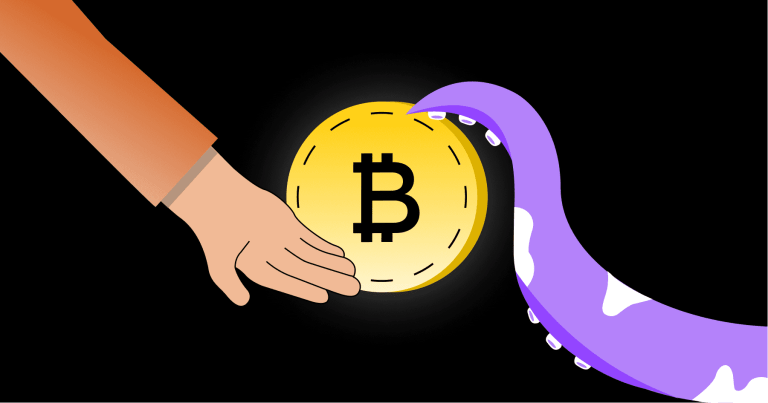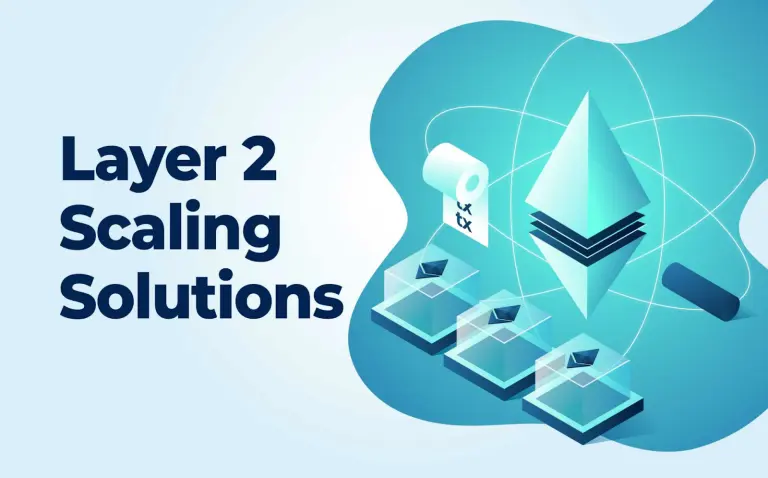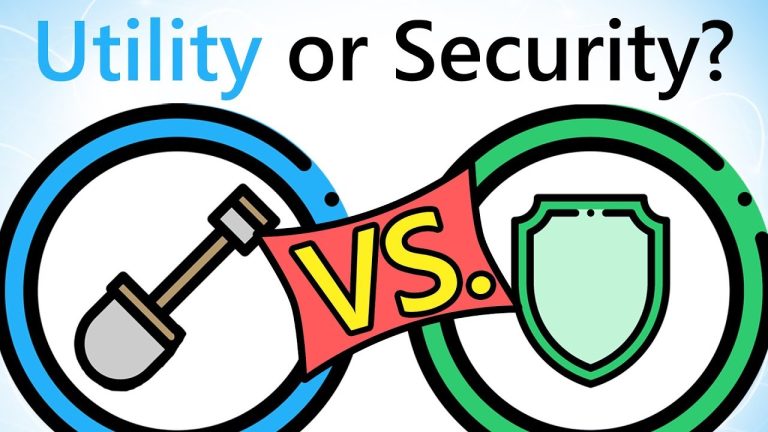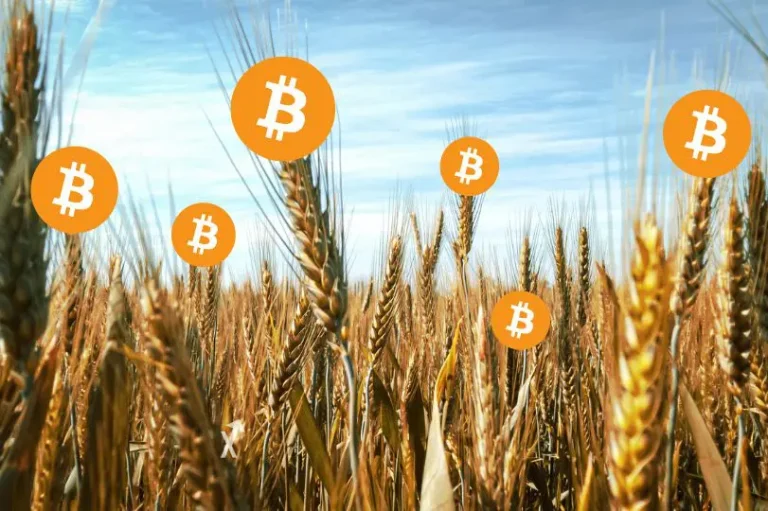In the first half of 2023, cryptocurrency scammers have reaped about $1.0 billion, a significant decrease of $3.3 billion from their earnings in 2022. Meanwhile, ransomware attacks stand as the sole category of cryptocurrency-related crime that is experiencing growth this year, with extortionists accumulating $175.8 million more than they did in 2022 during the same period.
Cryptocurrency scams manifest in various ways. Just like criminals attempt to pilfer funds from your bank account or make unauthorised charges to your credit card, individuals involved in crypto scams will employ various tactics to abscond with your digital assets. To safeguard your cryptocurrency holdings, it is beneficial to be aware of potential targeting, understand the methods scammers use, and know the steps to take if you suspect any cryptocurrency-related activities or communications are fraudulent.
Types of Crypto Scams
There are many crypto scams, here are a few of the most common examples.
Investment Scams
Cryptocurrency investment scams lure victims with the promise of massive profits. Scammers can pose as investment managers, celebrities, or even romantic interests on dating sites, all offering to grow your cryptocurrency holdings in exchange for your funds. Falling for these schemes means losing your crypto. One common variation is the pump-and-dump scheme, where fraudsters persuade you to buy an obscure cryptocurrency at a low price, then manipulate its value to make a quick profit, leaving investors at a loss. Be cautious of unrealistically high returns or risk-free guarantees, especially if they originate on social media or dating platforms.
Phishing Scam
Phishing scams remain a go-to tactic for fraudsters, aiming to steal your valuable account details, including crypto keys. These scammers often trick you into clicking on links that lead to fake websites where they can hijack your account information. They impersonate reputable entities like Amazon, banks, or government agencies, sometimes via social media or direct contact. For instance, they might send an email claiming a withdrawal was initiated with a cancellation link that actually directs you to a fraudulent site, enabling them to seize your assets. Anyone can become a victim, even celebrities like actor Seth Green learned when his Bored Ape NFTs were stolen.
Upgrade Scams
Software undergoes regular updates, and cryptocurrency platforms are no exception as they are essentially software. In this digital age, where people are accustomed to software upgrades, scammers exploit this familiarity to deceive crypto holders into surrendering their private keys under the guise of an ‘upgrade.’ These fraudulent upgrade attempts can coincide with genuine platform migrations, like the recent Ethereum merge. Both the Ethereum Foundation and Robinhood expressed concern, advising users to exercise extreme caution against falling victim to upgrade scams.
SIM-Swap Scams
SIM-swap scams are a modern crypto threat. Scammers gain access to your SIM card, enabling them to exploit your phone’s data. This information is used to receive two-step authentication codes, allowing unauthorised access to crypto wallets and accounts without the victim’s knowledge, potentially resulting in the loss of their crypto holdings.
How To Avoid Scams
To protect yourself from scams, follow these guidelines:
- Avoid clicking links, dialing phone numbers, contacting, or sending money if you notice suspicious signs
- Never share your private cryptocurrency keys, as they control your wallet access and aren’t needed for legitimate transactions
- Steer clear of enterprises promising higher ROI
- Don’t engage with investment managers promising fast profits
- Be cautious of ‘celebrities’ reaching out about cryptocurrency
- Ignore messages claiming your account is frozen; verify through official channels
- Verify government or utility company messages on their official websites
- Disregard job listings for cash-to-crypto or crypto miner positions
- Report and ignore blackmail threats involving explicit material
- Decline unsolicited ‘free’ money or crypto offers.
How To Report Scams
If you’ve fallen victim to a cryptocurrency scam or have suspicions about one, there are various organisations ready to assist you. Utilise their online complaint forms to request help:
- FTC fraud report
- Commodity futures trading commission complaints and tips
- Securities and exchange commission fraud reporting
- FBI internet crime complaint center complaint.
How to Get Money Back from Crypto Scams
Recovering funds lost to cryptocurrency scams is a challenging process. Since blockchain transactions are unchangeable, the prospects of reclaiming your coins are minimal, as noted by Leinweber. Nevertheless, it’s advisable to report such incidents to law enforcement, as government intervention might lead to the retrieval of your funds. Ultimately, the most effective approach is to adopt heightened security measures with your future assets to prevent falling prey to scams again.
Conclusion
As the cryptocurrency ecosystem grows in size and complexity, it will inevitably attract scammers. Crypto scams typically fall into two categories: socially engineered schemes aimed at acquiring account or security details, and attempts to convince targets to send cryptocurrency to a compromised digital wallet. By gaining insight into the common tactics used by scammers to steal your information and money, you can be vigilant in identifying crypto-related scams early and preventing them.











